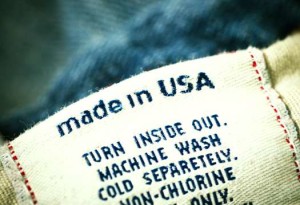Massachusetts District Court Judge Rya Zobel recently dismissed a complaint filed by two construction contractors, and six construction employee associations, seeking to challenge the Commonwealth’s new sick time law.
The Massachusetts Earned Sick Leave law went into effect on July 1, 2015 following overwhelming support from voters in the fall elections. The legislation requires employers with more than 11 employees to provide up to 40 hours of accrued paid sick time to workers at their “same hourly rate” of pay. Employers with fewer than 11 employees are obliged to provide the accrued time as unpaid leave.
An hour of sick time is accrued for every 30 hours worked under the new sick time law, accumulating to up to 40 hours annually. After 90 days of employment, sick time may be used for an employee’s physical and mental health concerns or similar concerns for a direct family member. Employers providing existing leave benefits, if equal to or more comprehensive than the requirements of the new sick time law, will not be required to change their employee benefits.
Employers and employer organizations, including the Labor Relations Division of Construction Industries of Massachusetts, filed petitions with the court to challenge the law under concerns that it would change their existing union contracts. Citing the potential for pre-existing union negotiations would be negated by the change, they argued that the new state sick time law was preempted by the federal Labor Management Relations Act (LMRA). The LMRA, a federal collective bargaining law, was a core component of their argument against having to abide by the new rules for union employees. They contended that employees with benefits currently negotiated through a collective bargaining agreement should be exempt from the new legislation.
In addition, the plaintiffs brought concerns regarding the definition of “same hourly rate” and posed situations under which the term could cause confusion when calculating a sick time pay rate. Additionally, the plaintiffs requested an amendment stating that the new regulations be preempted by a separate federal law known as the Employee Retirement and Income Security Act (ERISA), which was also denied by the court.
Zobel held in the recent hearing that the LMRA does not preempt the new Massachusetts sick time law. In addition, regarding the interpretation of “hourly rate”, Zobel wrote, “If petitioners’ assumptions about how the law will be implemented and applied transport us from the factual to the hypothetical, then their scant allegations about the agreements with which it will conflict carry us on to the fantastical.”
The plaintiffs were provided with two weeks after the hearing date to file a new complaint on the allegation of the law’s conflict with ERISA.






